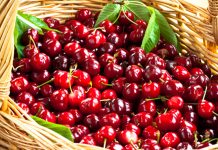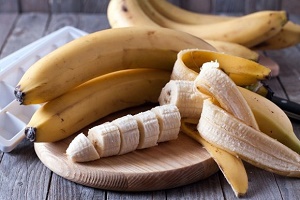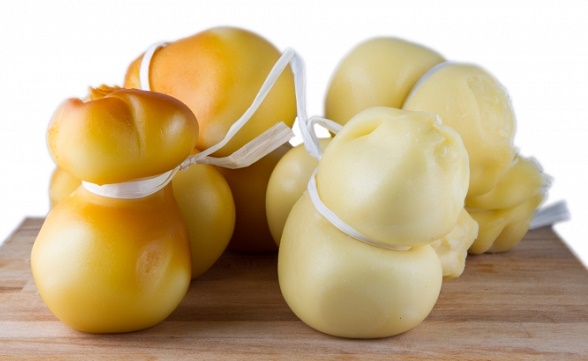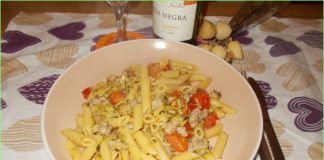
History
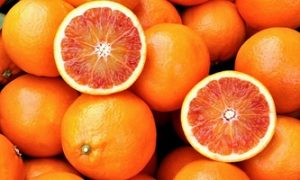
The orange is a fruit tree belonging to the genus Citrus, whose fruit is the orange. It is a very old hybrid between grapefruit and tangerine, but for many centuries, grows as an autonomous species and is propagated by grafting or cuttings.
Its origins come from China and southeast Asia. It was imported into Europe in the fourteenth century by the Portuguese sailors. But we find texts of ancient Rome, where it was spoken as early as the first century.
Cultivated in Sicily, the orange was also called Melarancia and this can let us infer that the fruit had reached Europe by land.
Probably the orange came to Europe through the silk roads, but its cultivation took root only in Sicily, where he ran aground its spread.
In the cloister of the monastery of Santa Sabina on the Aventine Hill in Rome, there is a sweet orange tree, which according to ancient tradition, was brought and then planted by St. Dominic in 1220.
In our land, such as in Campania or Apulia, but also in Abruzzo, oranges are called “purtualli”, or “partualli”, or “aranciu” in Sicily and “Portugalli” in certain regions of Calabria. Even in the dialects of the Po Valley, in the Piedmont language, oranges they are called “portuaggi”, while in the Bergamo dialect “portogal”.
In Salento this plant is indicated by the term “portacallu” instead in Riomaggiore dialect of Ligurian language, the orange is called “Sitron”, while in the Roman dialect, as confirmed by Pascarella, the orange name is simply portugal. All of these terms so recall the Portugal and the importation by its sailors.
In Germanic languages, the term for orange has the literal meaning of “Chinese apple”. This term comes from “appelsien” and are also found in the Slavic or Baltic languages.
Description of the fruit

The orange is a tree whose height can be up to twelve meters. Its leaves are long and fleshy and pure white flowers.
The shoots are green, never reddish, its fruits are round and its color both of the skin, and inside of the pulp is orange.
The texture of the skin is rough to the touch, and this feature has also been compared in other areas, such as aesthetics, when we want to indicate localized fat in the field of cosmetics using the term “orange peel”, or in the field of building to indicate a surface (orange peel).
It can happen, given the short period of rest of the tree, only three months, that its flowering and the birth of the fruit, takes place simultaneously.
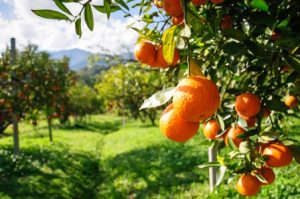
The first fruits can be harvested in November, while the last in May-June. A mature tree, produces a maximum of 500 fruits per year.
Variety
This fruit, today the most widespread in the world, has many varieties. Some have the blonde inner pulp, others red because of the pigments present in them (anthocyanin), like the dark, or the tarot or even said sangiunello. Some qualities are ideal to be squeezed. Only in Italy, we are grown more than twenty varieties, for the table, or for juices. The oranges in white or blond pulp, are also consumed for the production of fruit juices, while the skin is used to extract the essential oil, or for the production of candied fruits and dried fruits. The red orange of Sicily, which takes its name from the color of its flesh, owns the PGI (protected geographical indication). The blonde orange is produced instead in Agrigento.
Use in the kitchen
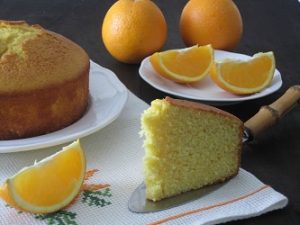
The consumption of oranges has increased over time thanks to the invention of sweet and sour recipes such as the famous duck with orange. On the Sicilian tables, we can also find this fruit in salads, dressed with extra-virgin olive oil, salt and pepper or even the addition of onion and olives in brine. Even for the preparation of some sweets, the Sicilian population, uses the peel of the orange grated to flavor such as creams. Another use is that of orange marmalade, made by cooking the oranges into pieces with the sugar.

Essence
Orange peel is a valuable source of essences. The essential oil of oranges, or also called essence of Portugal, is a liquid yellow-orange or dark red, which gives off the smell of the fresh peel of the fruit. Its composition, consists almost exclusively of “limonene“, and is used in the production of liquors or to aromatize various detergents. From the distillation of this fruit it can be achieved instead the “terpene“, used as a natural solvent to distill paints. Over the years the orange and its properties, not only nutritious, they saw a large consumer of this fruit, the fine character through its use in the pharmaceutical field, because the content of vitamin C this is the highest that can be found among the many fruits of our land.

